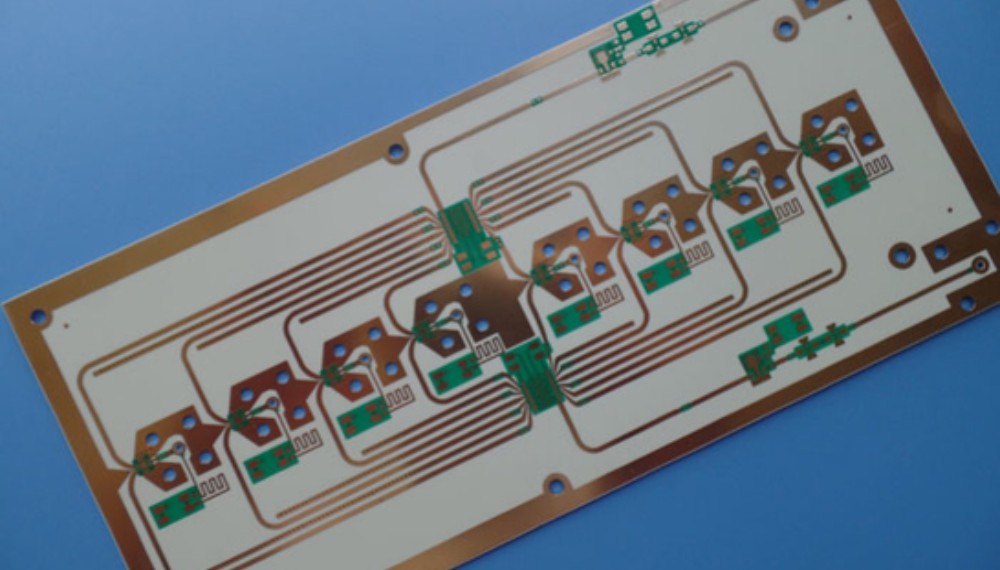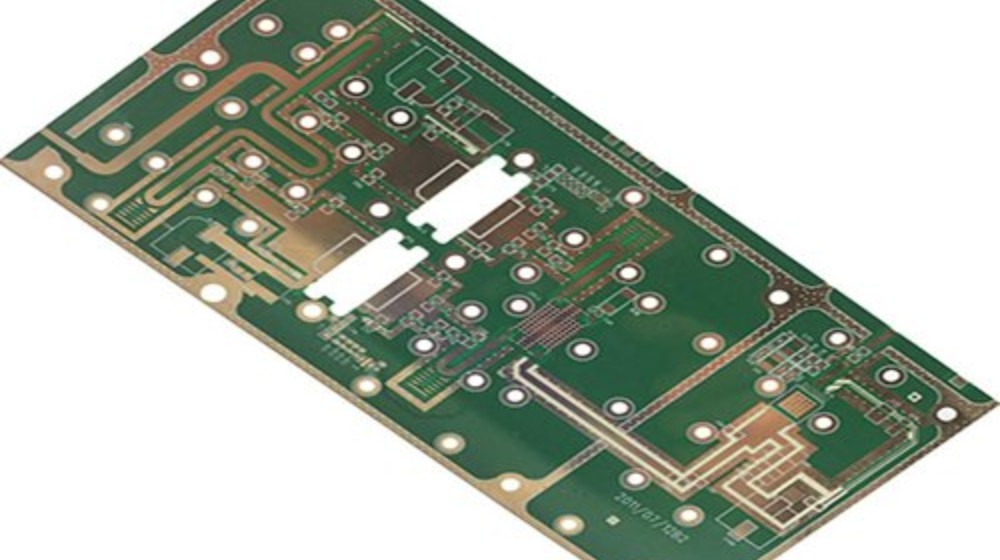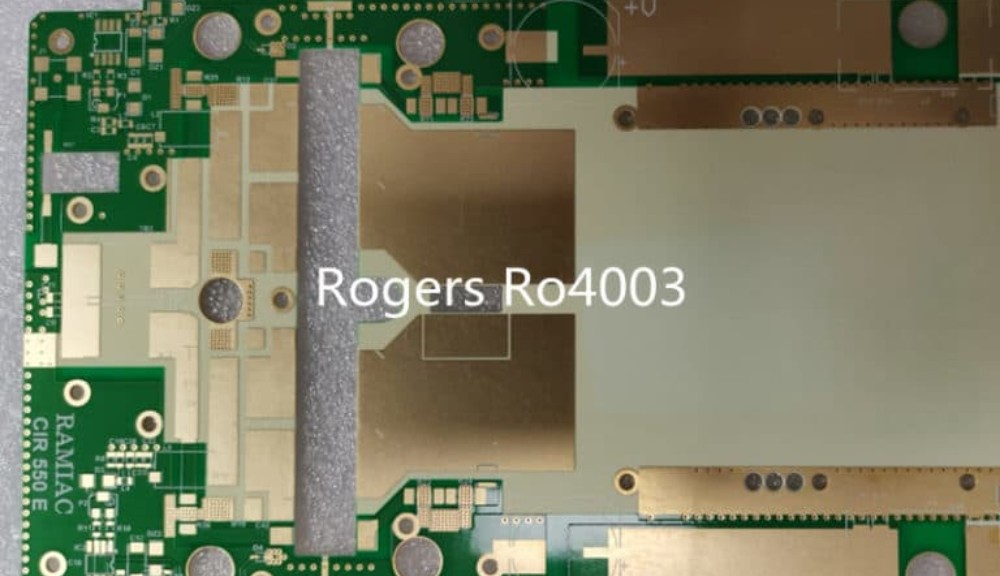The Rogers 4003 is an iconic communication device that has had a major impact on the history of telecommunications. First introduced in the 1960s, the 4003 phone set a new standard for telephone design and functionality. In this comprehensive guide, we’ll explore the history, features, cultural influence and legacy of this groundbreaking product.
A Brief History of the Rogers 4003
The Rogers 4003 was manufactured by Northern Electric in Canada and released in 1963. It was designed by Henry Dreyfuss, an industrial designer known for his work on the classic Western Electric Model 500 phone amongst other devices.
The intent behind the 4003 was to create a contemporary and minimalist update to the traditional upright telephone. Earlier desk phones like the Model 500 were large, heavy and designed to be stationary. In contrast, the 4003 had a compact and oval-shaped base that allowed it to be easily picked up and moved around.
Some key features that made the 4003 innovative for its time included:
- Lightweight thermoplastic casing rather than metal
- Modular components for easy manufacturing and repair
- Touch-tone dialing
- Multiple color options
The phone was a huge success, selling millions of units over nearly three decades of production. Later versions added conveniences like a mute switch, volume control and the ability to store multiple numbers.
Cultural Impact and Significance

The Rogers 4003 phone holds an iconic place in both the history of industrial design and late 20th century pop culture. Its appearance embodied the sleek, pared down aesthetic that is associated with Mid-Century Modern style. The phone could be found in all kinds of settings from the office to the home.
It was featured prominently in television shows like The Mary Tyler Moore Show and The Bob Newhart Show, representing the emerging sensibilities of younger baby boomer professionals. The compact, portable design also made the 4003 a fixture in television news broadcasting for decades.
Beyond its design, the 4003 was significant for helping usher in the era of touch-tone dialing. The buttons on the phone could generate the sounds that enabled push-button calling and phasing out the rotational dial. This made the act of making calls simpler and more efficient.
Many major telecom providers in North America like Bell Canada and AT&T installed millions of 4003’s in homes and businesses over its long lifespan. Its widespread presence and longevity cemented its image as the quintessential telephone of the 1960s through the 1980s.
Notable Features of the 4003
The Rogers 4003 delivered a combination of form and function that explained its enduring popularity over multiple decades. Here are some of the most notable features:
Compact, Ergonomic Design – Weighing just over 2 pounds, the 4003 employed a light plastic shell that made it easy to pick up and hold against your ear for extended periods. The curving oval shape allowed it to sit unobtrusively on desks and tables.
Modular Construction – The phone used newly developed modular components that made manufacturing and servicing the device much simpler compared to earlier telephonic hardware. Individual elements like the dial, circuitry and wiring could be assembled and replaced separately as needed.
Touch-Tone Dialing – The buttons on the 4003 generated the dual-tone multi-frequency signaling (DTMF) system that enabled push button dialing. This was a major upgrade from rotational dials and quickened the dialing process significantly.
Multiple Color Options– While earlier phones were limited to black, the 4003 was made available in a variety of colored shells including red, blue, gray and yellow. This made the device feel friendlier and more customizeable.
Advanced Electronics – The phone employed transistors and printed circuit boards that enabled the integration of electronic features like a ringer volume switch, mute button and recall button on later versions.
Modular Handset– The handset cord connecting the receiver and microphone was modular and could be replaced without having to replace the entire unit. This improved the phone’s resilience and serviceability.
The Rogers 4003 Legacy

While production of the 4003 ended in the late 1980s, its impact on telephonic design and culture continues on. It remains appreciated by industrial design enthusiasts and collectors for its quintessential mid-century aesthetic.
The phone set a new high-water mark for telephonic human factors, ease of use, modularity and incorporating electronic conveniences. Nearly every desktop phone that followed was influenced by the minimalist yet sophisticated design language that the 4003 exemplified.
Even as telephonic hardware continues to evolve in the age of smartphones, the elements that made the Rogers 4003 innovative and user-friendly are still relevant. Its visual and functional template still represents what most people expect from their primary device for voice communications even today.
For these reasons, the 4003 remains a landmark product that capped off the rotary phone era while pointing the way toward push button convenience and efficient desktop ergonomics. It will always have a revered placed in the cultural history of consumer technology.
Frequently Asked Questions
When was the Rogers 4003 first released?
The Rogers 4003 was first released in 1963 by Northern Electric in Canada. It was designed by renowned industrial designer Henry Dreyfuss.
What features made the 4003 innovative?
For its time, the 4003’s lightweight plastic shell, push-button dialing, modular design and multiple color options made it an innovative update to old rotary phones.
Why was the 4003 so popular and influential?
It became widely adopted by phone companies in the 60s and 70s. Its stylish design and ergonomics made it a fixture in offices and homes. It appeared frequently on TV, embedding it into pop culture.
How long was the Rogers 4003 in production?
The phone remained in active production by Northern Electric/Nortel from 1963 until approximately the late 1980s, enjoying a very long manufacturing run.
What was the cultural legacy of the 4003?
It was the quintessential telephone of the 60s/70s era. Its design represented sleek Mid-Century Modern styling. It helped usher in push-button dialing to the masses.






Leave a Reply